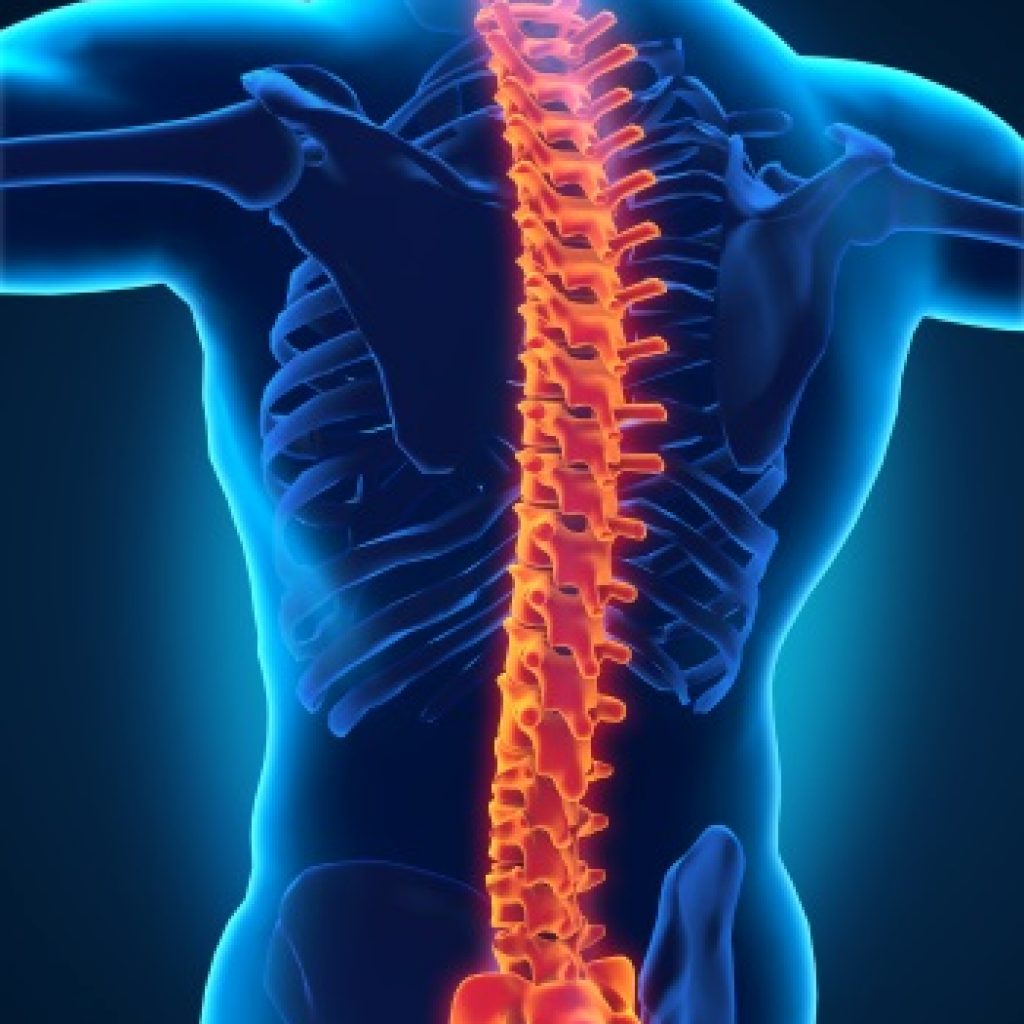What are types of spine surgery?
Here are some of the main types of lumbar and thoracic spine surgery:
Spinal Fusion
During a spinal fusion, a surgeon will place a bone graft between vertebrae so that new bone grows into that space.
For information on the various types of spinal fusion procedures, please click here.
Laminectomy
During a laminectomy, the lamina is removed, which relieves pressure on the spinal column and eases your pain. Other bony spurs can also be removed during this procedure if needed.
Sometimes Dr. Ahuja only needs to remove part of the lamina; this is called a laminotomy.
Discectomy
During a discectomy, a portion of a herniated disc is removed to relieve pressure on the nerves. Part of the lamina is also usually removed to gain access to the disc. When this procedure is performed under a microscope, it is called a microdiscectomy.
If Dr. Ahuja believes conservative treatments and therapies would be beneficial before considering surgery, there are a variety of options available. For more information on non-surgical treatment for spine pain, please visit our Lower Back Pain page.
If your pain is not improved to your satisfaction following treatment, Dr. Ahuja may recommend surgery. If you decide to have surgery, we will schedule an additional office visit right before the surgery to prepare you for the surgery and answer any questions you may have.
We have 3 convenient locations throughout Southeastern Wisconsin.

How should you prepare for lumbar or thoracic spine surgery?
Here are some helpful tips for preparing for spinal surgery:
- Try to stop smoking if you are a smoker. Smoking makes it much more difficult for bone to regrow and heal, and may lengthen your recovery time. Dr. Ahuja would be glad to talk to you about different ways you can approach quitting.
- If you don’t have it already, talk to Dr. Ahuja about getting information on proper posture, which will be important for a successful recovery.
- Move any items in your house that are up high or down low to a height that is easier to reach, so that you won’t have to bend to reach them.
- Talk to family or friends about arranging for rides, as you might not be allowed to drive for a period of time after surgery.
- Get a pair of shoes that you can easily slip on so you don’t have to bend down to tie them.
- Talk to Dr. Ahuja about which medications you should stop taking before surgery, such as aspirin and ibuprofen.
- Don’t eat or drink anything, including water or gum, after midnight the night before surgery.
What is recovery like for lumbar or thoracic spine surgery?
- After a fusion, a brace may need to be worn for 4-6 weeks. There may be persistent back pain until its use is completely discontinued.
- Many people notice an early improvement with their leg pain.
- Talk to Dr. Ahuja or your physical therapist about correct posture and movements.
- Slowly increase your activity every day, but only do what you are comfortable with.
- Make sure to come to your follow-up appointments and be faithful to your recovery plan!
Thoracic Spinal Fusion Recovery?
Recovery from thoracic spinal fusion surgery can vary. After the surgery, a brace may be required for support, and it is common to experience some pain and discomfort as you heal. Physical therapy will be an essential part of your recovery to help you regain strength and mobility.
Follow your surgeon’s and physical therapist’s advice closely to ensure a successful recovery process. Regular follow-up appointments are crucial to monitor your progress and address any concerns.
Discomfort in the upper and middle back can occur from prolonged sitting, computer work, or chronic stiffness. In the video below, Luke, a certified personal trainer, demonstrates exercises to alleviate this discomfort and mobilize your thoracic spine. Consult your physician or surgeon before attempting these exercises following spinal surgery.
For more personalized advice and to explore all your treatment options, call Neurosurgery and Endovascular Associates today or visit our FAQ page for additional information.
Regardless of if you need surgery, discomfort can happen in the upper and middle back especially you sit for long periods of time, work at a computer, or are experiencing chronic stiffness or mild pain.
In the video below, Luke, a certified personal trainer with the American Council of Exercise will show you how to alleviate discomfort in the mid and upper back and mobilize your thoracic spine. Check with your physician or surgeon before you attempt these exercises following spinal surgery.

